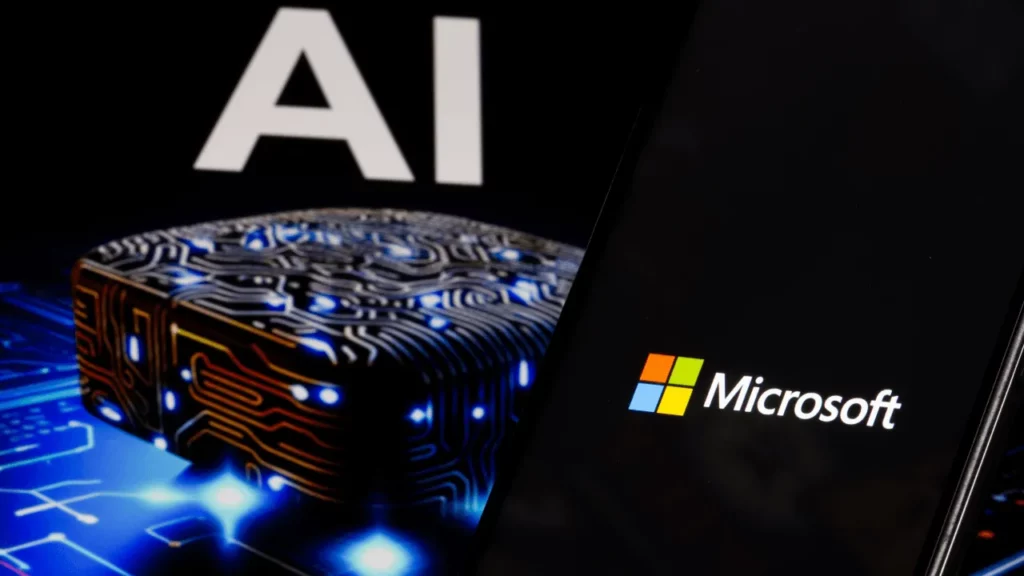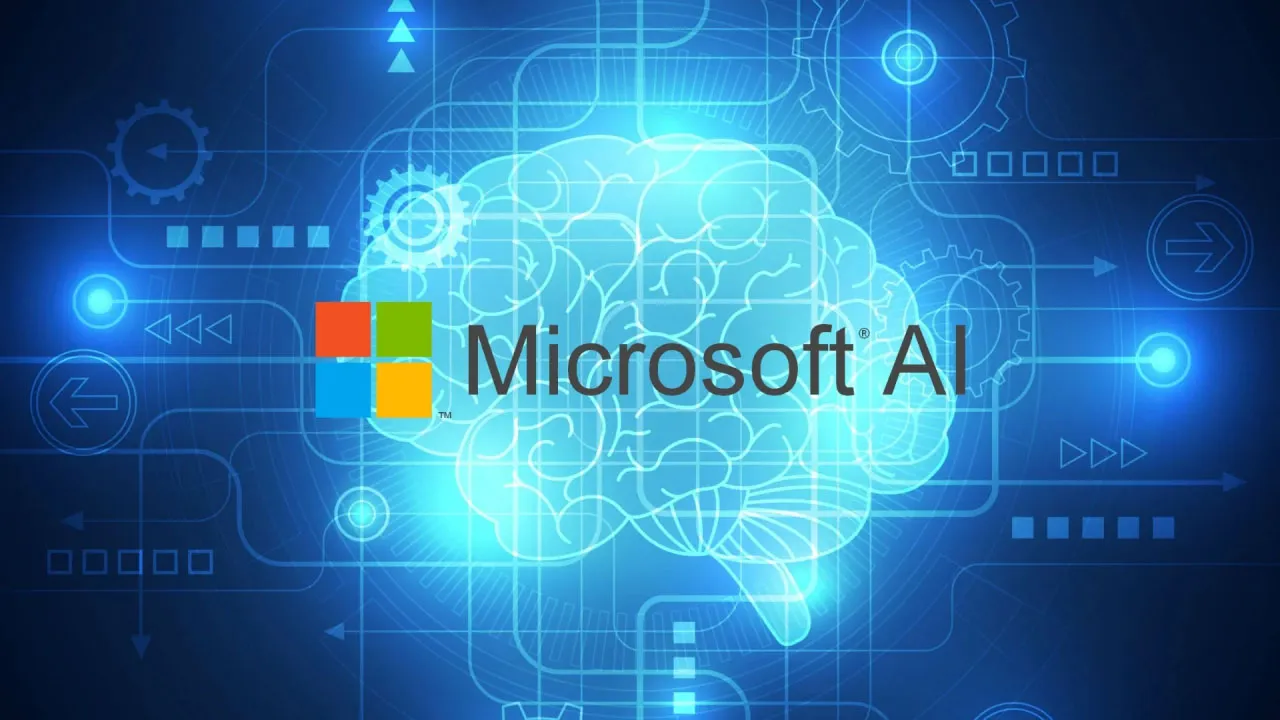Microsoft isn’t just backing OpenAI anymore; it’s stepping into the ring. With the debut of MAI-Voice-1 and MAI-1-preview, Microsoft AI has revealed its first homegrown models, hinting at a more independent future for the company’s AI strategy.
MAI-Voice-1 handles speech at lightning speed

The first of Microsoft’s in-house releases is MAI-Voice-1, a speech model that can generate a full minute of audio in under one second using a single GPU. That’s not just fast, it’s competitive with the most efficient speech models out there.
This model is already active behind the scenes in Copilot Daily, which recites daily news updates in a natural tone, and in Microsoft’s podcast-style AI explainers. You can test it yourself via Copilot Labs, where users can tweak what it says and how it sounds.
Microsoft AI MAI-1-preview sets sights on everyday text responses
The other half of the reveal is MAI-1-preview, a text-based model trained across roughly 15,000 Nvidia H100 GPUs. It’s built to follow instructions and respond to queries in a consumer-friendly tone, something Microsoft AI chief Mustafa Suleyman says is a key focus.
“Enterprise is not our main goal,” he explained in a past interview. “We’re building models for consumer companions, something that fits seamlessly into daily life.”
Microsoft moves beyond just OpenAI
These launches add an intriguing twist to Microsoft’s relationship with OpenAI. Until now, Copilot and many Microsoft services leaned heavily on OpenAI’s GPT models. But MAI-1-preview is now being publicly tested on LMArena, and Microsoft says it will handle certain Copilot tasks on its own.
That doesn’t mean the partnership is ending. But it does mean Microsoft is now competing directly with GPT-5, Claude, DeepSeek, and other major models it once relied on entirely.
What sets MAI-1 and Voice-1 apart
Both models reflect Microsoft’s goal of fine-tuning AI for real-world utility fast, efficient, and consumer-optimized. Here’s how they stack up:
- MAI-Voice-1: Fast, single-GPU speech generation with customizable voices
- MAI-1-preview: General-purpose LLM focused on everyday instruction-following
- Both models: Already in public testing or live deployment
- Use cases: Copilot Daily, AI-generated podcasts, and text responses in Microsoft services
Microsoft is building its own AI foundation
In a blog post, Microsoft AI made its ambitions clear: it wants a future where multiple specialized models serve distinct user intents like speech, chat, or summarization rather than a one-size-fits-all approach.
That future? It’s already in motion. And now, it’s coming from inside the house.














